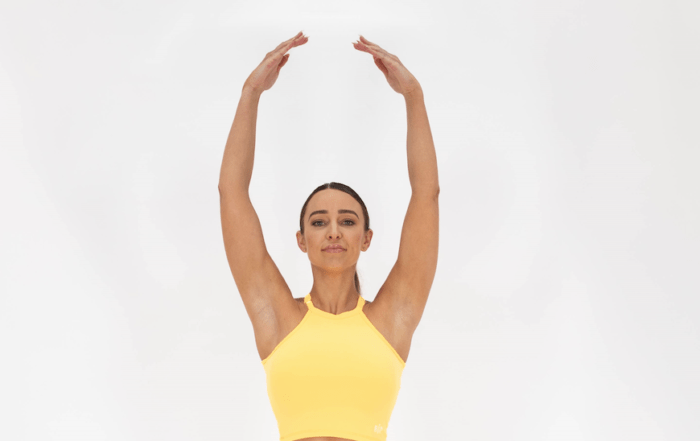
The surge of adrenaline is common place when doing something daunting, especially for the first time, such as public speaking or performing in front of an audience. No matter how much you have prepared at home and in class, the public nature of a competition adds a new element. The body responds and, before you know it, adrenaline has reached your heart, increasing your heart rate, your breathing rate, the blood flow to your muscles and the amount of sugar in your blood so you have more energy to burn. Sounds awesome! But here’s the down side.
Your muscles will now suddenly have increased strength because they are able to contract more than usual. So you have more power and you will push harder and further. However, your muscles do NOT have an increased ability to stretch, so your flexibility is the same as it always was. And, unfortunately, the risk of injury is now HIGH.
One of our teachers recently wrote to us to share her experience in order to help other physie girls. She said “I honestly believed I had sufficiently stretched only to find that I hadn’t accounted for the massive adrenaline rush I was to receive during my performance that took me beyond my threshold … to places I’d never reached during regular classes – like getting your chest to the floor in floordrill! This resulted in me tearing my hamstring! How often do we hear our girls say “it’s okay, I’ll pull it out on the day”? Well, I am proof to my students that you have to give your absolute 100% in class every week to avoid the nasties of torn muscles.”
There are two points to consider when we think about adrenaline: firstly that stretching and knowing your limits are all-important in preventing injury and, secondly, that you can actually control the adrenaline response in a way that will direct your energy well and produce the best performance.
How? Repeated scenarios. The more you put your body in a similar scenario, the more accustomed it will become. It’s not enough to train in familiar surroundings with people you know. You need to train yourself as a performer, in public. Once you learn to manage adrenaline without the panic, your confidence will grow and you can accomplish more than you thought possible.
To summarise:
- STRETCH REGULARLY
- KNOW YOUR LIMITS
- PRACTICE IN PUBLIC
Looking for Christmas gift ideas?!
Check out the Physie Shop where you can purchase an e-gift card and will receive an email containing
National Teachers’ Day
BJP is lucky enough to have over 500 teachers who are working with physie girls (and women) all
Tip of the week
5th Position · Arms overhead · Palms facing in · Elbows softly rounded · Arms are slightly rotated
HEIDI BOARDMAN PERFORMING ART GALLERY
Photography: HEIDI BOARDMAN









